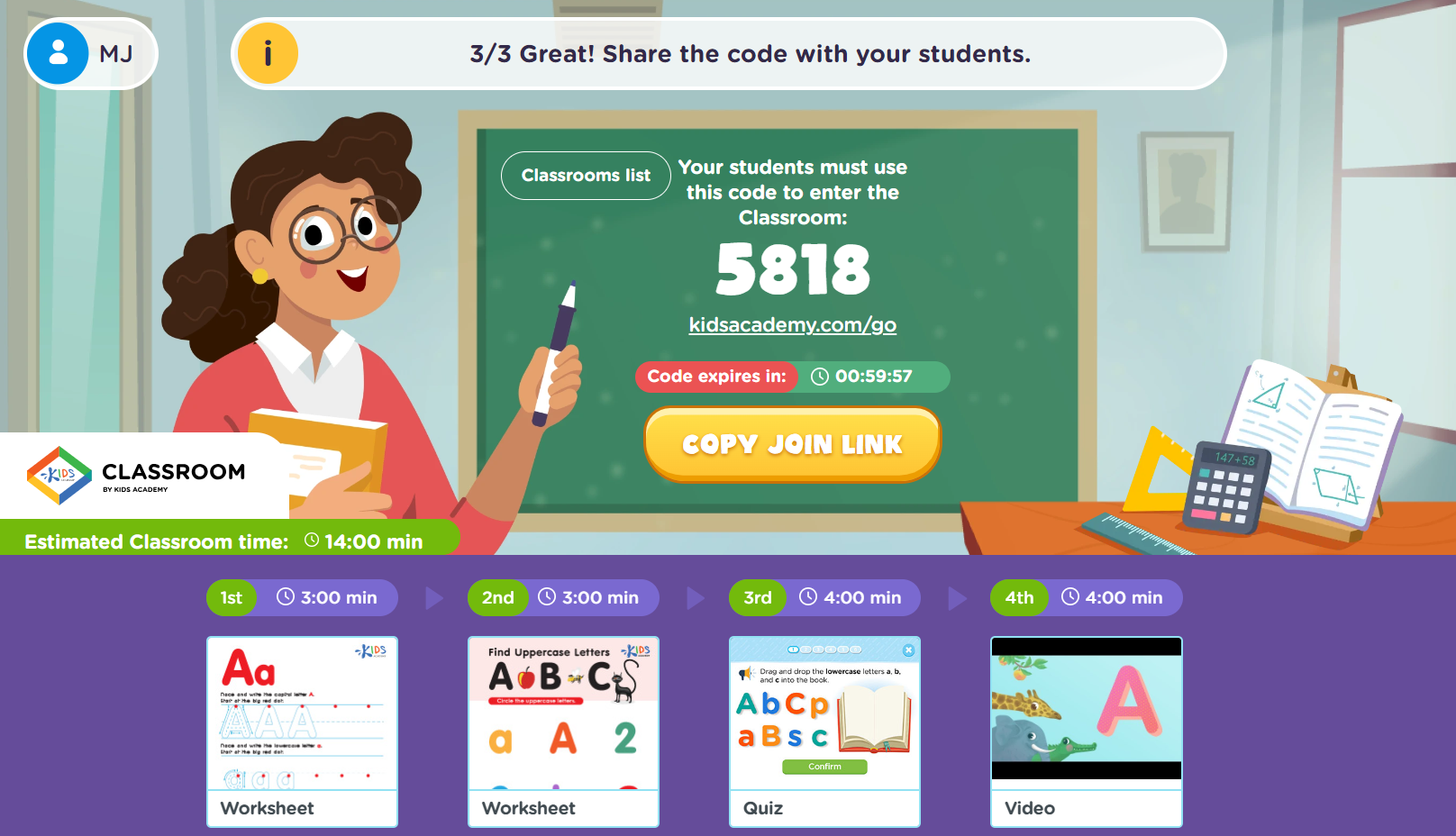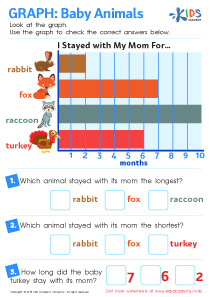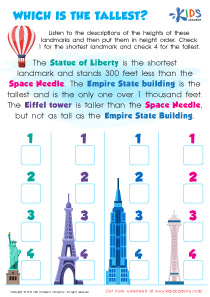Visual discrimination Grade 1 Math Worksheets
4 filtered results
-
From - To
Boost your child's visual discrimination skills with our Grade 1 Math Worksheets. These engaging and educational worksheets help young learners recognize differences in shapes, patterns, and objects, essential for developing strong cognitive and problem-solving abilities. With vibrant illustrations and fun exercises, our printable worksheets make mastering visual discrimination enjoyable and effortless. Tailored specifically for first graders, each worksheet targets key skills, ensuring your child gains a solid foundation in math and reading readiness. Unlock your child's potential and enhance their learning experience by incorporating these valuable resources into their daily routine. Explore and download today!
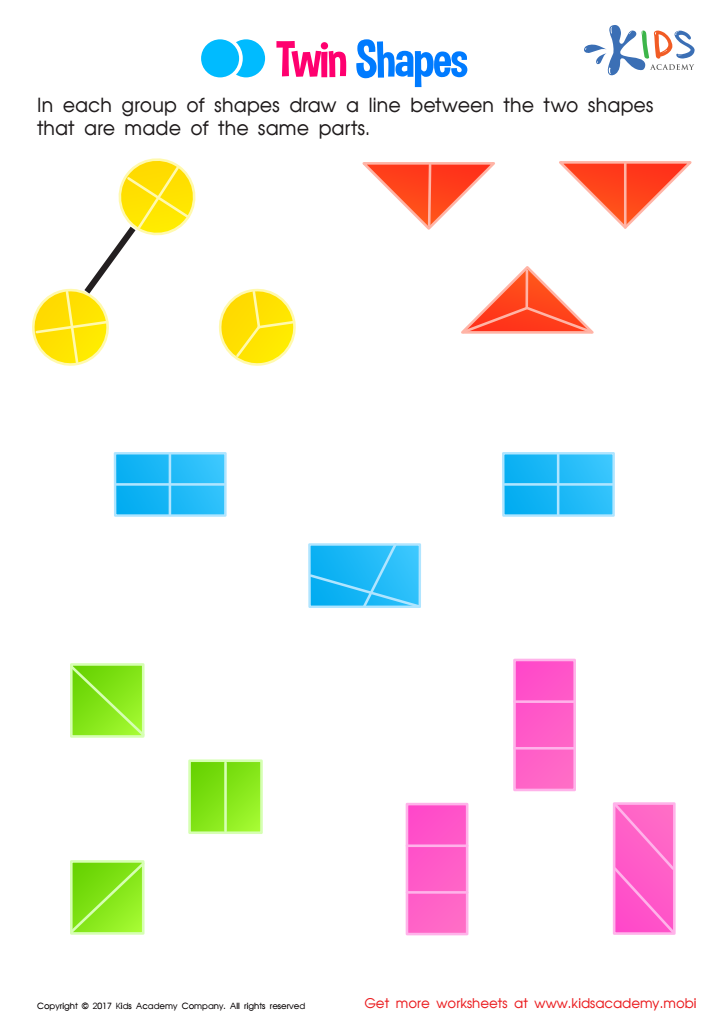

Twin Shapes Worksheet
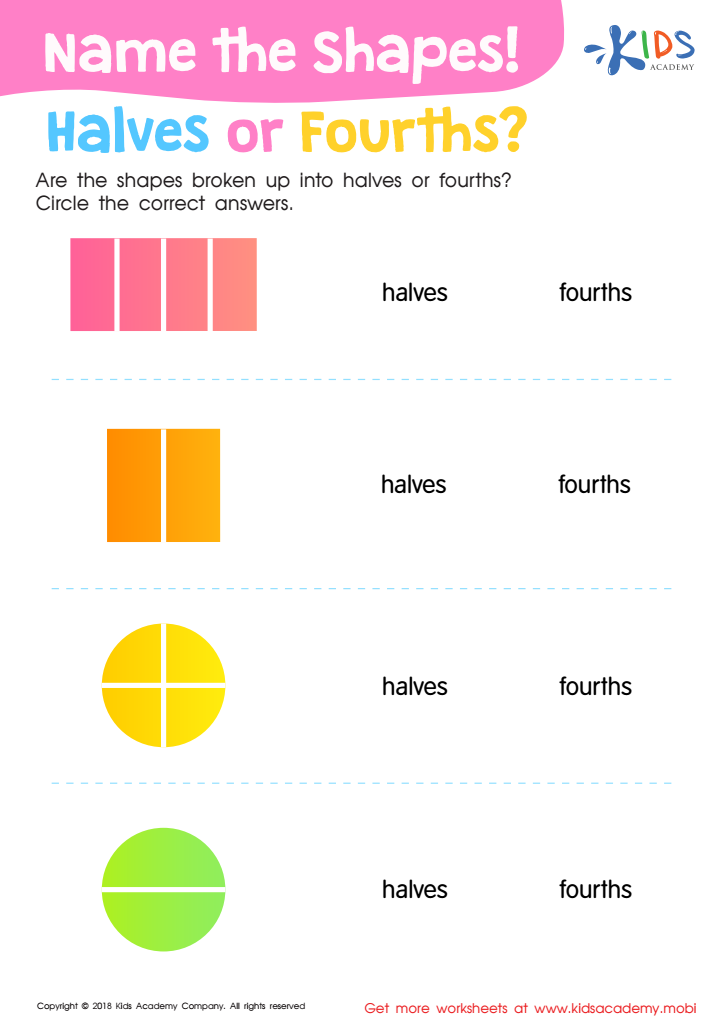

Name the Shapes Halves or Fourths? Worksheet
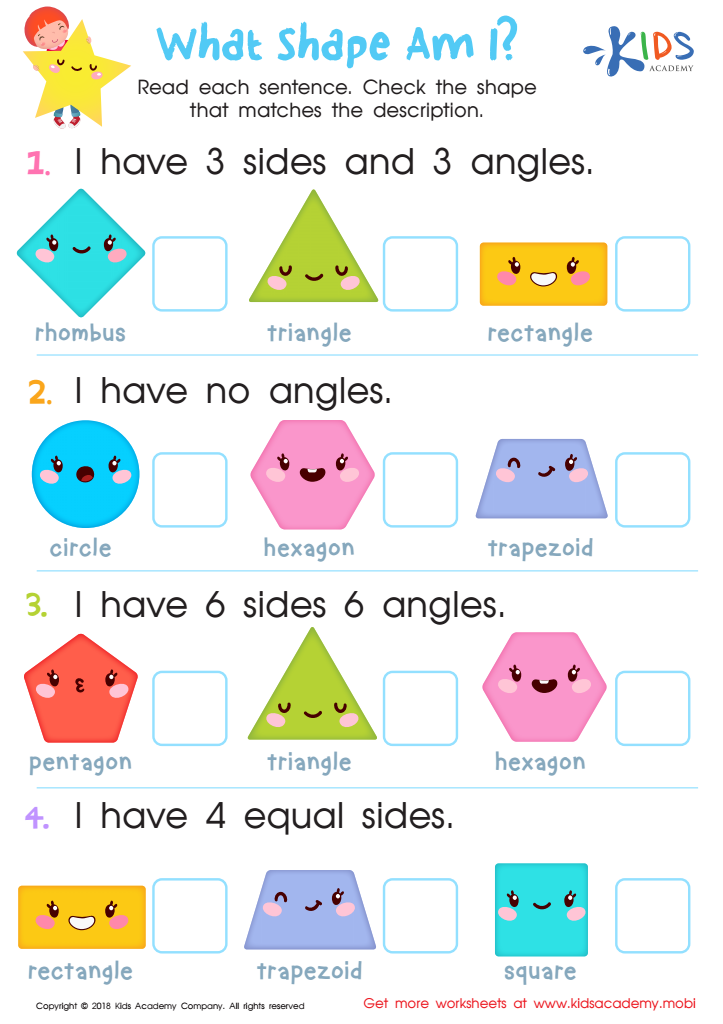

What Shape Am I? Worksheet
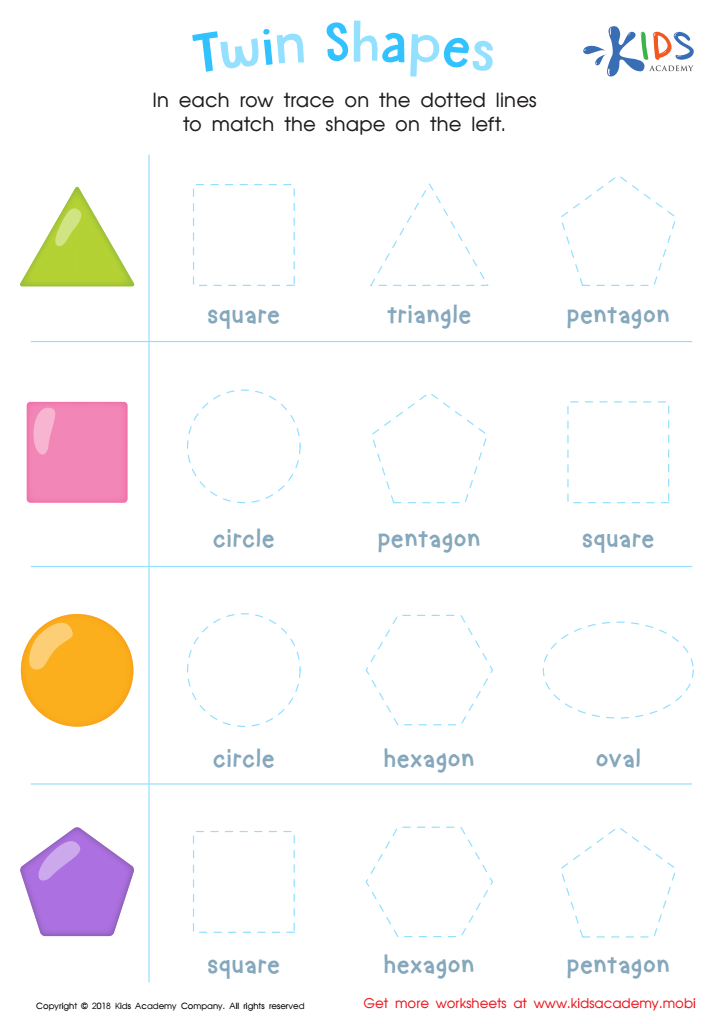

Twin Shapes Dot-to-Dot Worksheet
Visual discrimination is the ability to discern differences and similarities among shapes, patterns, and objects. For Grade 1 Math, this skill is fundamental and should be a priority for both parents and teachers. This ability forms the basis for recognizing numbers, reading and writing numerals correctly, and distinguishing between mathematical symbols such as "+" and "-".
When children can identify and differentiate visual information effectively, they are better equipped to understand spatial relationships and geometrical concepts. For example, distinguishing between a square and a rectangle becomes possible when a child can successfully discern the differences in their characteristics, such as the number of sides and lengths.
Moreover, strong visual discrimination skills are critical for problem-solving. Math problems often require children to discriminate between various pieces of visual information to interpret what the problem is asking. By improving these skills, kids are less likely to confuse similar-looking numbers, such as 6 and 9 or 2 and 5, which helps reduce errors in calculations and enhances overall mathematical understanding.
Additionally, when children struggle with visual discrimination, it can contribute to a lack of confidence and increased frustration. Recognizing its importance early on ensures that children develop a solid foundation not only for math but also for various other subjects, contributing to their overall academic success. Parents and teachers should incorporate activities that strengthen this skill to support children’s comprehensive learning and ensure they have the tools they need to succeed.
 Assign to My Students
Assign to My Students




.jpg)


